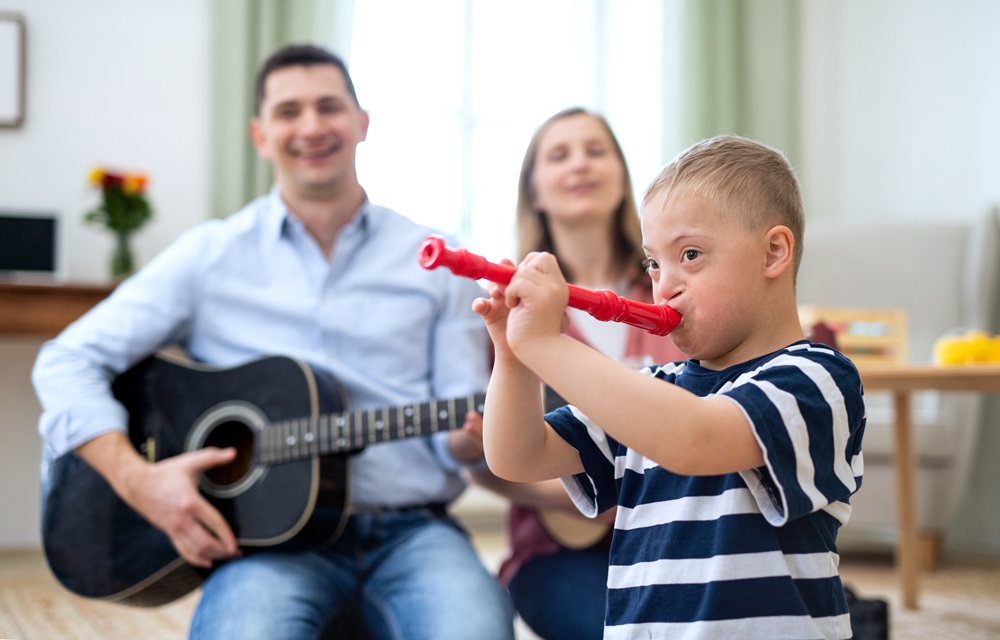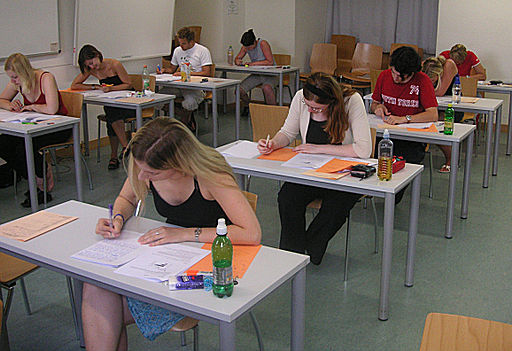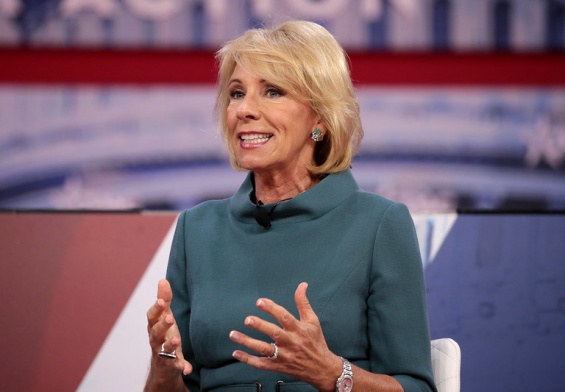In the realm of music education, the recorder has long been a staple instrument, often serving as an introductory tool for young learners. However, when it comes to students with special needs, such as those with autism, dyslexia, or ADHD, traditional methods of recorder education may not always be effective. This article explores how educators can adapt recorder education to accommodate these students, ensuring an inclusive and effective learning experience.
Table of Contents
ToggleUnderstanding the Need for Adaptation in Recorder Education
Special needs in the context of education encompass a wide range of learning, mental, emotional, and physical disabilities. Students with autism, for instance, might struggle with social interactions and sensory overload, while those with dyslexia may face challenges in reading music. ADHD can affect a student’s ability to focus and stay engaged during lessons. Recognizing these challenges is the first step in adapting recorder education to meet the diverse needs of all students.
Differentiated Instruction and Inclusive Education
Differentiated instruction is a teaching approach that involves modifying the curriculum and teaching strategies to cater to the individual learning styles and needs of students. In the context of recorder education, this might mean altering the pace of instruction or providing more hands-on learning opportunities for students with special needs. Inclusive education, on the other hand, emphasizes the importance of integrating all students into the same learning environment while providing the necessary accommodations and modifications.
Universal Design for Learning (UDL) in Music Education
Universal Design for Learning is an educational framework that guides the development of flexible learning environments to accommodate individual learning differences. In recorder education, UDL can be implemented by providing multiple means of representation (e.g., visual, auditory, kinesthetic), multiple means of action and expression (e.g., different ways for students to demonstrate their understanding), and multiple means of engagement (e.g., offering choices in learning activities).
Accommodations and Modifications for Special Needs
Accommodations and modifications are essential in adapting recorder education for students with special needs. Accommodations involve changes in how a student learns, such as providing extra time for tasks or a quieter learning environment. Modifications, however, involve changes in what a student is taught or expected to learn. For example, a student with dyslexia might use modified sheet music with larger notes and symbols.
Leveraging Assistive Technology
Assistive technology can play a crucial role in supporting students with special needs in recorder education. This might include using apps that slow down music for students who need more time to process auditory information, or software that converts musical scores into different formats for students with visual impairments.
Scaffolding Techniques in Recorder Instruction
Scaffolding is a teaching method that involves providing support to students as they learn new concepts. In recorder education, scaffolding could involve breaking down music pieces into smaller, more manageable parts, or using color-coded notes to help students with dyslexia differentiate between different pitches.
Progress Monitoring for Continuous Improvement
Progress monitoring is crucial in any educational setting, but it becomes even more important in the context of students with special needs. Regular assessments can help teachers understand how well their adaptations are working and whether any adjustments are needed. This could involve observing students during practice, recording their performances, or using checklists to track skill development.
Creating a Supportive Learning Environment
A supportive learning environment is key to the success of students with special needs in recorder education. This involves not only physical accommodations, such as adjustable music stands or chairs, but also an atmosphere of patience, understanding, and encouragement from both teachers and peers.
Collaboration with Parents and Specialists
Effective adaptation of recorder education for students with special needs often requires collaboration between educators, parents, and specialists like occupational therapists or speech-language pathologists. This team approach ensures that all aspects of a student’s needs are considered and addressed.
Training and Professional Development for Educators
Educators themselves need support in adapting recorder education for students with special needs. Professional development opportunities can help teachers learn about different disabilities, understand legal requirements, and stay updated on the latest teaching strategies and technologies.
Conclusion
Adapting recorder education for students with special needs is not just about making music education accessible to all; it’s about recognizing and valuing the diverse ways in which students learn and express themselves. Through approaches like differentiated instruction, UDL, and the use of assistive technology, educators can create a learning environment where every student has the opportunity to thrive. By embracing these adaptations, we move closer to a truly inclusive educational system where the joy and benefits of music education are available to all.




